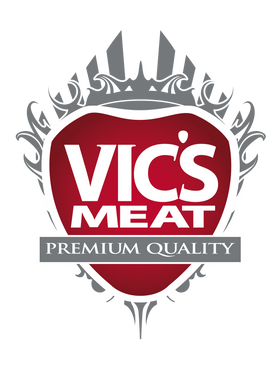Dry Aged Beef
It is from days long past that we often find the most delicious culinary serendipity; and the technique of dry-ageing beef is one such example. Revered by good butchers, dry-ageing was traditionally a way to hold beef over for weeks, if not months, when refrigeration was tight or non-existent.
Dry-ageing uses freshly butchered primals (large, distinct sections) or subprimals (whole muscles), hung in a controlled environment for between four and six weeks (and in some cases from six to 12 months). Traditionally this would have been done in a meat locker, but now modern dry-ageing rooms are custom-designed to maintain a temperature of 0–2°C (32–36°F) and a humidity of 70–75 per cent.
As the moisture slowly evaporates from the beef, the flavour intensifies. A protective layer forms around the cut; this is not mould, but rather a hard, dark crust. Scientifically, it is the proteins (more specifically, calpain enzymes) that go to work on the muscles, breaking down connective tissue and strands of muscle fibre, busting the protein into amino acids. Thus the flavour intensifies—yielding that elusive fifth taste, umami—and the beef becomes more relaxed and tender. As the piece of meat ages and matures those deeper, stronger, beefier flavours emerge. Some butchers and chefs will paint their dry-ageing cuts in kidney fat, in part to help reduce waste and in part to help preserve the meat, slowing down the dryageing process so it dry-ages at a slower rate and over a longer period of time.
This is not a practice you will see everywhere. As you can imagine the weight lost and the extra trimming required to remove that protective layer means a rib rack that was around 15 kg (33 lb) to begin with, when dry-aged, trimmed and portioned will weigh around 7–8 kg (15 lb 6 oz–18 lb), not to mention the six weeks it has been hanging around for! The cost of dry-ageing is in time, space, shrinkage and wastage.
Instead, most beef is now wet-aged in airtight cryovac bags. Wet-ageing does improve tenderness; however, it robs the meat of some of the natural juices. Compared to dry-ageing, which allows the juices and liquids to be reabsorbed into the muscle, in the cryovac bag some of the blood and juices are lost, and this is where much of the flavour is found.
Excerpt from MEAT: The Ultimate Companion by Anthony Puharich and Libby Travers, Murdoch Books.

